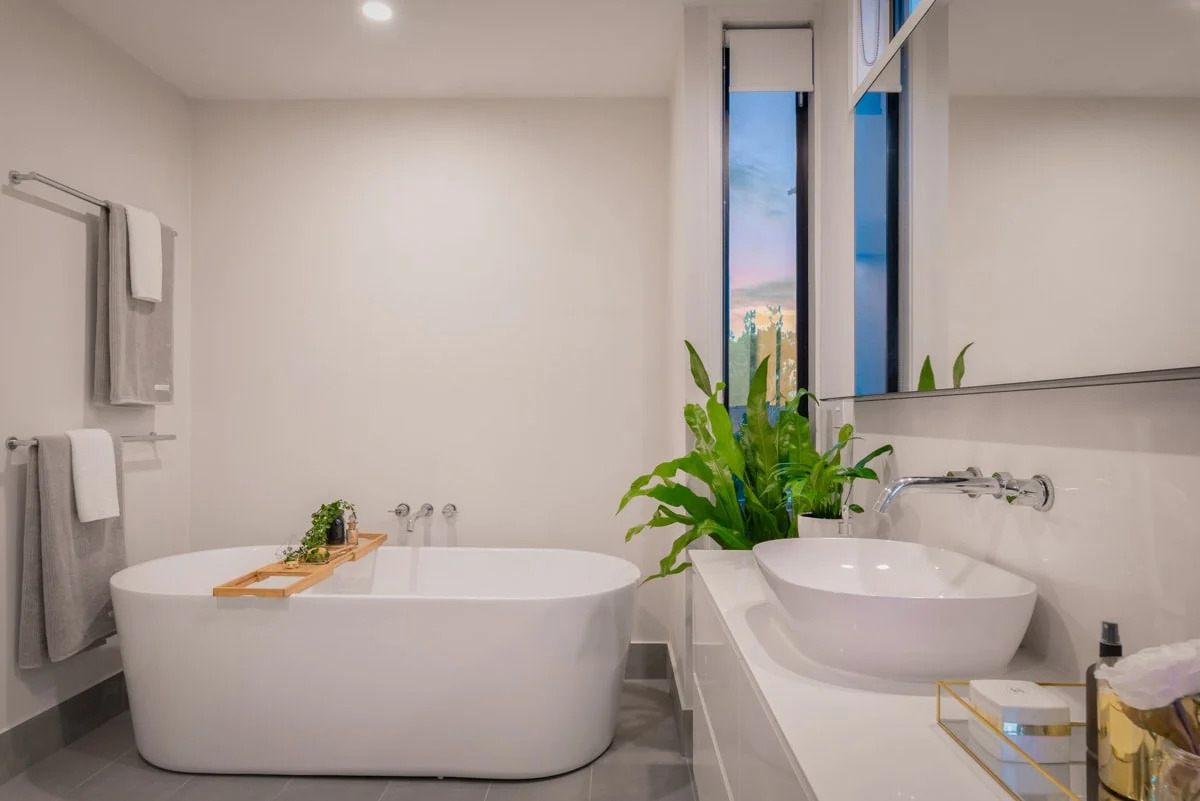

Articles
Why Is My Bath Water Cold But Sink Hot
Modified: December 7, 2023
Discover why your bath water is cold but your sink water is hot. Read our informative articles on this common plumbing issue.
(Many of the links in this article redirect to a specific reviewed product. Your purchase of these products through affiliate links helps to generate commission for Storables.com, at no extra cost. Learn more)
Introduction
Have you ever experienced the frustration of stepping into a hot shower, only to find that the water quickly turns icy cold? Or perhaps you’ve noticed that the water coming out of your bathroom sink is delightfully warm, while the water in your bathtub remains stubbornly chilly. What could be causing this temperature disparity within your home’s plumbing system?
Understanding the reasons behind the difference in water temperature between your bath and sink can help you troubleshoot the issue and find the appropriate solutions to ensure a consistent and comfortable water temperature throughout your home.
In this article, we will explore the possible causes of why your bath water may be cold while your sink water remains hot. We will also discuss some practical solutions to rectify this issue and restore equilibrium to your water temperature.
Key Takeaways:
- Address temperature differences by insulating pipes, adjusting water heater settings, and installing a mixing valve to ensure consistent and comfortable water temperature throughout your home.
- Plumbing issues, water heater malfunctions, and hot water dissipation can cause temperature disparities. Seek professional assistance to diagnose and resolve these issues for a more enjoyable bathing experience.
Understanding the Temperature Difference
To understand the temperature difference between your bath water and sink water, it’s important to have a basic understanding of how your plumbing system works. In most households, hot water is supplied by a central water heater, which distributes heated water through a network of pipes to various fixtures, including sinks, showers, and baths.
When you turn on your hot water tap, the water from the water heater is directed to the specific fixture you are using. However, there can be variations in the temperature of the water at different fixtures due to several factors.
One of the key factors is the distance between the water heater and the fixture. The longer the distance the hot water has to travel, the more heat it loses along the way. This can result in cooler water reaching fixtures that are farther away from the water heater, such as your bathtub.
Another factor that can affect the temperature is the size of the water pipes. Smaller pipes may not allow hot water to flow as quickly or as efficiently, causing further heat loss. Additionally, plumbing layouts and design can also impact the water temperature, with some fixtures being closer to the water heater than others.
Understanding these factors can help you identify the potential causes of the temperature disparity and take appropriate measures to address them.
Possible Causes
There are several potential causes for the temperature difference between your bath water and sink water. Let’s explore some of the common culprits:
- Plumbing Issues: Faulty or inefficient plumbing can contribute to a temperature disparity. Leaky pipes, improper insulation, or blockages in the pipes can cause hot water to dissipate before it reaches certain fixtures.
- Water Heater Malfunctions: Problems with your water heater can also lead to inconsistent water temperatures. A malfunctioning thermostat, a faulty heating element, or sediment buildup in the tank can affect the heater’s ability to maintain a consistent temperature.
- Hot Water Dissipation: As mentioned earlier, the distance and size of the pipes can impact the temperature of the water. The longer the hot water has to travel and the smaller the pipes, the more heat it will lose along the way, resulting in cooler water at certain fixtures.
- Cold Water Mixing: Some plumbing systems may have a mixing valve or a pressure-balancing valve that controls the flow of hot and cold water to maintain a consistent temperature. If these valves malfunction or are not properly adjusted, it can lead to a mix of hot and cold water, affecting the overall temperature at different fixtures.
These are just a few potential causes for the temperature disparity in your plumbing system. Identifying the specific cause will help you determine the most effective solutions to resolve the issue.
Plumbing Issues
Plumbing issues are a common cause of temperature differences between your bath water and sink water. Faulty or inefficient plumbing can result in hot water dissipating before it reaches certain fixtures or even mixing with cold water, affecting the overall temperature.
Leaky pipes are one of the main culprits when it comes to heat loss in the plumbing system. If there are any leaks in the pipes leading to your bath, hot water can escape and cool down before reaching the fixture. This can result in lukewarm or cold water when you turn on your bath faucet.
Similarly, inadequate pipe insulation can lead to heat loss. Uninsulated or under-insulated pipes are more likely to lose heat as the hot water travels through them, resulting in cooler water at the end point. Insulating your pipes can help minimize heat loss and maintain a consistent water temperature throughout your plumbing system.
Blockages in the pipes can also contribute to temperature disparities. If there are any obstructions in the pipe leading to your bath, it can impede the flow of hot water, causing it to dissipate and resulting in cooler water. Regular maintenance and clearing of blockages can help ensure proper water flow and temperature.
It’s important to address these plumbing issues promptly to prevent further temperature variations in your plumbing system. Consulting a professional plumber is recommended to assess and resolve any plumbing issues that may be affecting the temperature of your water.
Water Heater Malfunctions
Water heater malfunctions can be another significant cause of temperature differences between your bath water and sink water. Several issues with the water heater can affect its ability to maintain a consistent and desired temperature.
A malfunctioning thermostat is one common problem. The thermostat is responsible for regulating the temperature of the water in the tank. If it is not functioning correctly, it may not accurately measure or control the temperature, leading to variations in the hot water output. This can result in colder water in your bath while the sink water remains hot.
Another potential issue is a faulty heating element. The heating element is responsible for heating the water inside the tank. If it is damaged or not functioning properly, it may not generate enough heat to maintain the desired temperature. As a result, the water that reaches your bath faucet may not be as hot as expected.
Sediment buildup in the water heater tank can also impact its performance. Over time, minerals and sediments can accumulate at the bottom of the tank, affecting the efficiency of the heating element. This buildup can lead to reduced heating capacity and uneven distribution of hot water, causing temperature discrepancies between different fixtures.
Regular maintenance of your water heater is crucial to prevent malfunctions and ensure optimal performance. Flushing the tank to remove sediment, checking and calibrating the thermostat, and inspecting the heating elements are some tasks that can help maintain the efficiency of the water heater.
If you suspect that your water heater is malfunctioning, it is advisable to seek professional assistance. A qualified technician can diagnose the issue and perform any necessary repairs or replacements to restore proper functionality and regulate the temperature of your hot water.
Hot Water Dissipation
Hot water dissipation is another possible cause of temperature differences between your bath water and sink water. As hot water travels through your plumbing system, it can lose heat along the way, resulting in cooler water at certain fixtures.
The distance that hot water has to travel from the water heater to the fixture can play a significant role in heat loss. The longer the distance, the more time the hot water has to cool down before reaching its destination. If your bath is located farther away from the water heater compared to your sink, it is likely to receive cooler water.
In addition to distance, the size of the pipes can also affect the temperature of the water. Smaller pipes may restrict the flow of hot water, reducing efficiency and causing more heat loss as the water passes through them. This can lead to cooler water at the end point, such as your bath faucet, compared to fixtures that are closer to the water heater.
To minimize hot water dissipation, insulating your pipes can be beneficial. Pipe insulation helps retain the heat, allowing hot water to reach the fixtures at a higher temperature. Insulation can be added to both hot and cold water pipes to improve overall efficiency and reduce temperature variations.
Another effective solution is to consider adjusting the water heater temperature settings. Many water heaters have adjustable thermostats that allow you to set the desired temperature. By increasing the temperature slightly, you can compensate for heat loss during transit and ensure that the water remains hot enough when it reaches your bath.
By addressing hot water dissipation, you can improve the consistency of the water temperature throughout your plumbing system and reduce the temperature difference between your bath water and sink water.
Check if the hot water valve for the bath is fully open. If it is, there may be a problem with the water heater or the pipes leading to the bath. It’s best to call a plumber to diagnose and fix the issue.
Cold Water Mixing
Cold water mixing is another potential factor contributing to the temperature difference between your bath water and sink water. Some plumbing systems have mixing valves or pressure-balancing valves that regulate the flow of hot and cold water to maintain a consistent temperature.
If these valves malfunction or are not properly adjusted, it can result in a mix of hot and cold water, causing variations in the overall temperature at different fixtures in your home.
One possible cause of cold water mixing is a faulty mixing valve. The mixing valve is responsible for blending hot and cold water to achieve the desired temperature. If the valve is defective, it may not properly regulate the flow of hot and cold water, leading to inconsistent temperatures.
Similarly, a malfunctioning pressure-balancing valve can also cause cold water mixing. This valve is designed to balance the pressure of hot and cold water to maintain a consistent temperature. If the valve is not functioning correctly, it can result in a mixture of hot and cold water, causing fluctuations in temperature.
Adjusting these valves may help resolve the issue. Consulting a professional plumber is recommended to ensure the valves are correctly calibrated and functioning as intended. They can also determine if any repairs or replacements are necessary to restore proper temperature control.
Installing a thermostatic mixing valve can also be a viable solution. This type of valve enables precise temperature regulation by automatically blending hot and cold water to achieve a consistent temperature. Adding a thermostatic mixing valve to your bathroom fixtures, including your bath, can help maintain a uniform temperature and mitigate the temperature difference.
By addressing cold water mixing, you can significantly reduce temperature disparities and ensure a more comfortable bathing experience.
Solutions and Fixes
Now that we have explored the possible causes of temperature differences between your bath water and sink water, let’s discuss some practical solutions to rectify this issue and restore equilibrium to your water temperature.
Insulating Pipes: As mentioned earlier, pipe insulation can help minimize heat loss and maintain a consistent water temperature throughout your plumbing system. Consider adding insulation to both hot and cold water pipes, especially in areas where hot water travels the longest distance, such as to your bath.
Adjusting Water Heater Settings: If your water heater has an adjustable thermostat, you can try increasing the temperature slightly. This can compensate for heat loss during transit and ensure hotter water reaches your bath. However, be cautious not to set it too high to avoid scalding or energy wastage.
Installing a Mixing Valve: If cold water mixing is the culprit, installing a thermostatic mixing valve can help maintain a consistent temperature. This valve automatically blends hot and cold water to achieve the desired temperature, ensuring a uniform experience across all fixtures in your bathroom.
Regular Maintenance: Keep up with regular maintenance of your plumbing system and water heater. Flushing the water heater tank to remove sediment buildup, checking and calibrating the thermostat, and inspecting the heating elements can help maintain the efficiency of your water heater and ensure consistent water temperatures.
Seeking Professional Assistance: If you are unsure of the cause or unable to resolve the temperature difference on your own, it is advisable to seek professional assistance. A qualified plumber can assess your specific plumbing system, identify any issues, and provide appropriate solutions to restore balance to your water temperature.
By implementing these solutions and fixes, you can significantly improve the consistency of your water temperature and ensure a more comfortable bathing experience. Remember, it’s essential to address these issues promptly to avoid further temperature discrepancies and maximize the efficiency of your plumbing system.
Insulating Pipes
Insulating pipes is a practical solution to prevent heat loss and maintain a consistent water temperature throughout your plumbing system. By adding insulation to your pipes, you can minimize the temperature differences between your bath water and sink water.
The process of insulating pipes involves wrapping them with insulation material, such as foam sleeves or fiberglass wraps. This insulation acts as a barrier, preventing the transfer of heat from the hot water pipes and keeping the cold water pipes from absorbing heat. It helps to retain the heat of the hot water and prevents it from dissipating as it travels through the plumbing system.
Insulating both the hot and cold water pipes can be beneficial. While insulating the hot water pipes helps to maintain the temperature of the hot water as it travels to different fixtures, insulating the cold water pipes can help prevent them from absorbing heat and becoming warmer, which can have a positive impact on the overall temperature consistency.
When insulating your pipes, it is important to consider the insulation material and thickness. There are various types of insulation available, such as foam sleeves, pipe wraps, or pre-formed insulation tubes. Choose an insulation material that is appropriate for your pipes and provides adequate coverage. It is also important to ensure that the insulation is properly sealed to maximize its effectiveness.
Insulating the pipes in areas where heat loss is more likely to occur, such as in basements, crawl spaces, or areas with exposed pipes, can yield significant results. Focusing on the pipes that supply water to your bath can help reduce the temperature difference between your bath and other fixtures.
In addition to maintaining a consistent water temperature, insulating your pipes also offers other benefits. It helps to conserve energy by reducing the heat loss from hot water pipes, which can result in lower energy bills. Insulation also helps to prevent condensation on cold water pipes, which can reduce the risk of water damage and mold growth.
Insulating your pipes is a relatively simple and cost-effective solution to address temperature differences in your plumbing system. However, if you are uncertain about how to properly insulate your pipes or need assistance with the process, it is advisable to consult a professional plumber for guidance.
Read more: Why Does My Sink Water Smell
Adjusting Water Heater Settings
Adjusting the water heater settings is a simple yet effective solution to reduce temperature differences between your bath water and sink water. By making slight adjustments to the settings, you can compensate for heat loss and ensure hotter water reaches your bath fixture.
Most water heaters have a thermostat that allows you to control the temperature of the water in the tank. The thermostat is usually located on the front or side of the water heater and can be adjusted using a dial or buttons.
To begin, locate the thermostat on your water heater. Depending on the model, it may be labeled with temperature markings (such as low, medium, and high) or specific temperature values (in degrees Fahrenheit or Celsius).
When adjusting the water heater settings, it’s important to prioritize safety and energy efficiency. Setting the temperature too high can lead to scalding and wasted energy. On the other hand, setting it too low may result in lukewarm water and the growth of harmful bacteria.
A recommended starting point is to set the thermostat to a temperature of around 120 degrees Fahrenheit (49 degrees Celsius). This is considered a safe and energy-efficient temperature for most households. You can then make minor adjustments as needed to achieve your desired bath water temperature.
Keep in mind that it may take some time for the adjustments to reflect in the actual water temperature at the fixtures. It’s a good idea to wait for a few hours or even a day to allow the water heater to stabilize at the new setting before assessing the temperature.
Additionally, it’s worth noting that adjusting the water heater settings can impact the temperature of all hot water fixtures in your home. Therefore, it’s essential to consider the needs and preferences of all occupants when making adjustments.
If you’re unsure about the appropriate temperature setting or need assistance with adjusting your water heater, it is recommended to consult the manufacturer’s guidelines or seek the help of a qualified professional plumber. They can provide expert advice and ensure your water heater is set to a safe and efficient temperature.
By adjusting the water heater settings, you can optimize hot water temperature, reduce temperature differences, and enhance your bath experience.
Installing a Mixing Valve
Installing a mixing valve is an effective solution to maintain a consistent water temperature throughout your plumbing system and eliminate temperature differences between your bath water and sink water. A mixing valve, also known as a thermostatic mixing valve, helps regulate the flow of hot and cold water, ensuring a precise and constant temperature at your bathroom fixtures.
A mixing valve is typically installed at the water supply line leading to your bath fixture. It works by blending hot and cold water together to achieve the desired temperature set by the valve. The valve has a sensing mechanism that adjusts the flow of hot and cold water based on the temperature setting, ensuring a steady and controlled output.
Installing a mixing valve is a job best left to a professional plumber. They have the expertise to properly install and calibrate the valve, ensuring optimal performance and safety. The process may involve cutting into the existing water supply line and connecting the mixing valve in-line with the pipes.
There are several benefits to installing a mixing valve:
- Consistent Temperature: A mixing valve provides a consistent water temperature, regardless of fluctuations in the hot and cold water supply. This ensures a comfortable and enjoyable bathing experience without sudden temperature changes.
- Temperature Safety: Mixing valves have built-in safety features to prevent scalding. They can limit the maximum temperature of the water that comes out of the fixture, providing peace of mind, especially in households with young children or elderly individuals.
- Energy Efficiency: With a mixing valve, you don’t need to rely solely on hot water from the water heater. By blending hot water with cold water to achieve the desired temperature, you reduce the demand for hot water, resulting in energy savings.
- Prolonged Water Heater Life: By using a mixing valve, you can reduce the strain on your water heater. The valve helps distribute hot water more evenly, preventing excessive use of hot water that can lead to premature wear and tear on the water heater.
Installing a mixing valve is a worthwhile investment to ensure a consistent and safe water temperature in your bath. A professional plumber can help determine the appropriate type and size of mixing valve for your specific plumbing system and properly install it.
Overall, a mixing valve provides a reliable solution to eliminate temperature differences and deliver a comfortable bathing experience for you and your family.
Conclusion
Experiencing temperature differences between your bath water and sink water can be frustrating. However, understanding the possible causes behind this issue allows you to implement practical solutions to rectify it.
Plumbing issues, water heater malfunctions, hot water dissipation, and cold water mixing are common factors that contribute to temperature disparities in your plumbing system. Identifying the specific cause helps you determine the most effective solutions.
Insulating pipes, adjusting water heater settings, installing a mixing valve, and seeking professional assistance are all viable solutions to address temperature differences and ensure consistent water temperature throughout your home.
Insulating pipes helps minimize heat loss and maintain the desired water temperature during its journey from the water heater to fixtures. Adjusting water heater settings allows you to increase the temperature slightly to compensate for heat loss. Installing a mixing valve provides precise temperature control and eliminates fluctuations caused by hot and cold water mixing. Seeking professional assistance ensures proper diagnosis and resolution of any underlying plumbing or water heater malfunctions.
By implementing these solutions, you can enhance your bathing experience, enjoy a comfortable and consistent water temperature, conserve energy, and prevent issues like scalding or water damage.
If you’re unsure about the specific cause or need assistance with solving the temperature difference issue, it’s always advisable to consult a professional plumber. They have the expertise and knowledge to assess your plumbing system, identify any problems, and implement the appropriate solutions.
Remember, maintaining a functional and efficient plumbing system is essential for the comfort and convenience of your home. By taking proactive steps to address temperature disparities, you can ensure a pleasant bathing experience and peace of mind for you and your family.
Frequently Asked Questions about Why Is My Bath Water Cold But Sink Hot
Was this page helpful?
At Storables.com, we guarantee accurate and reliable information. Our content, validated by Expert Board Contributors, is crafted following stringent Editorial Policies. We're committed to providing you with well-researched, expert-backed insights for all your informational needs.
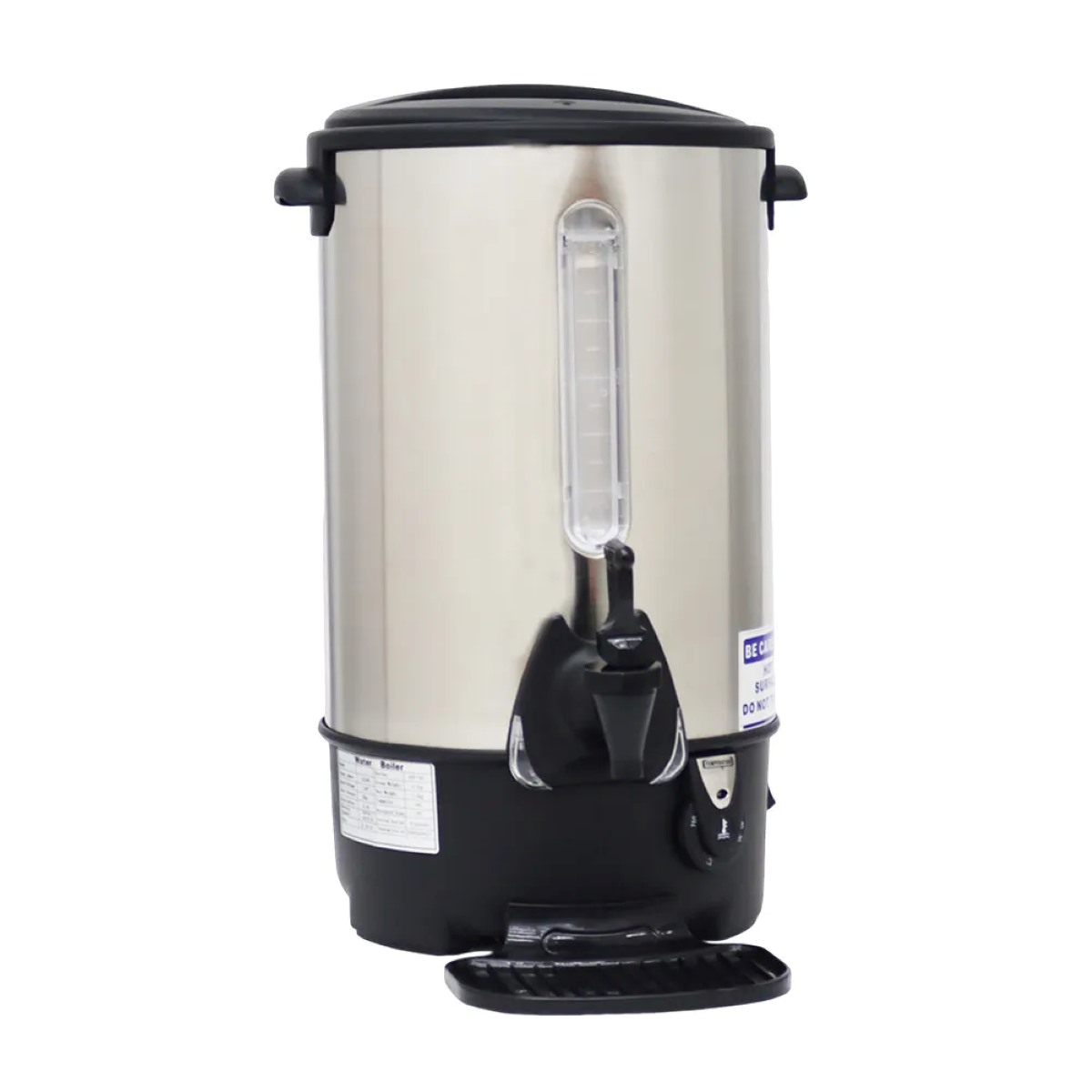
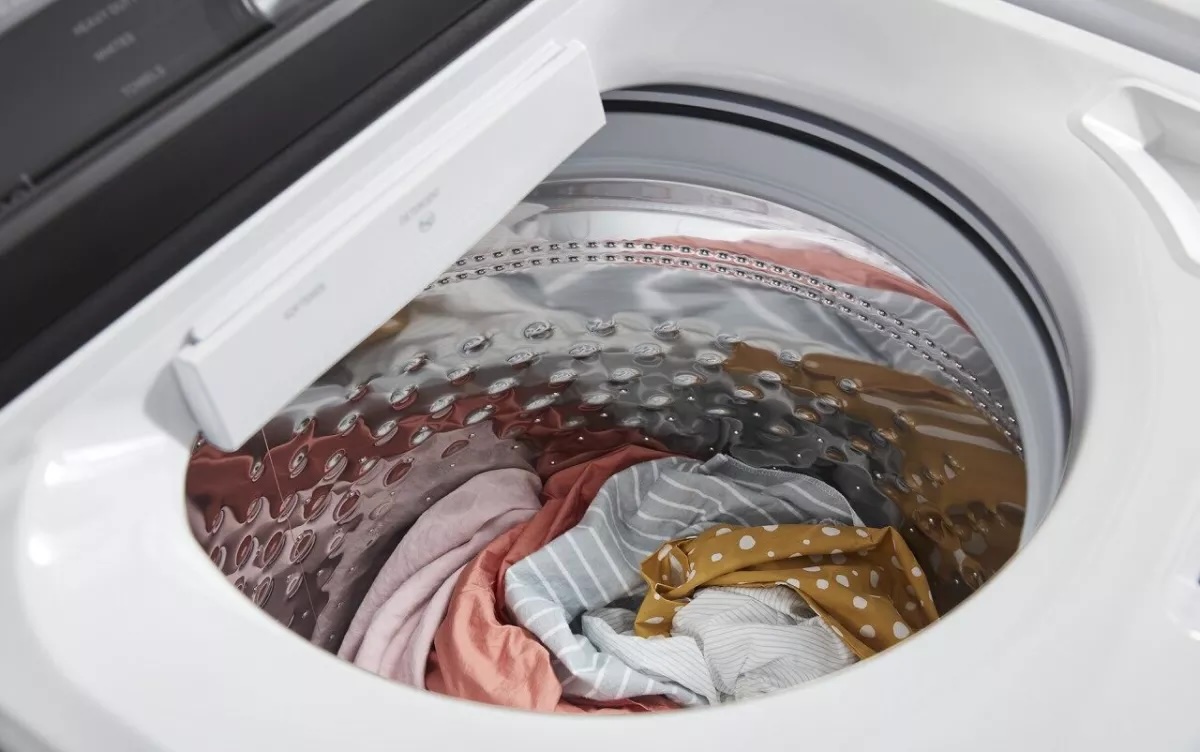
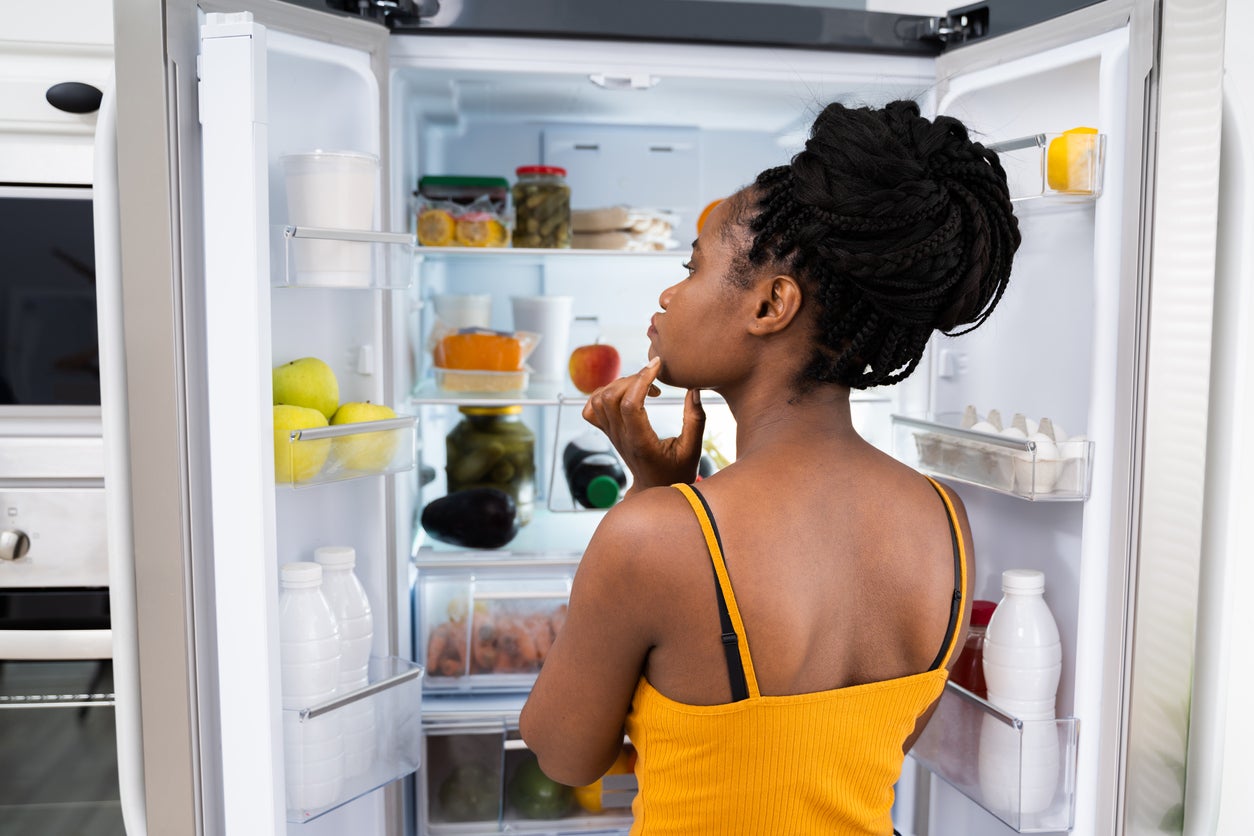
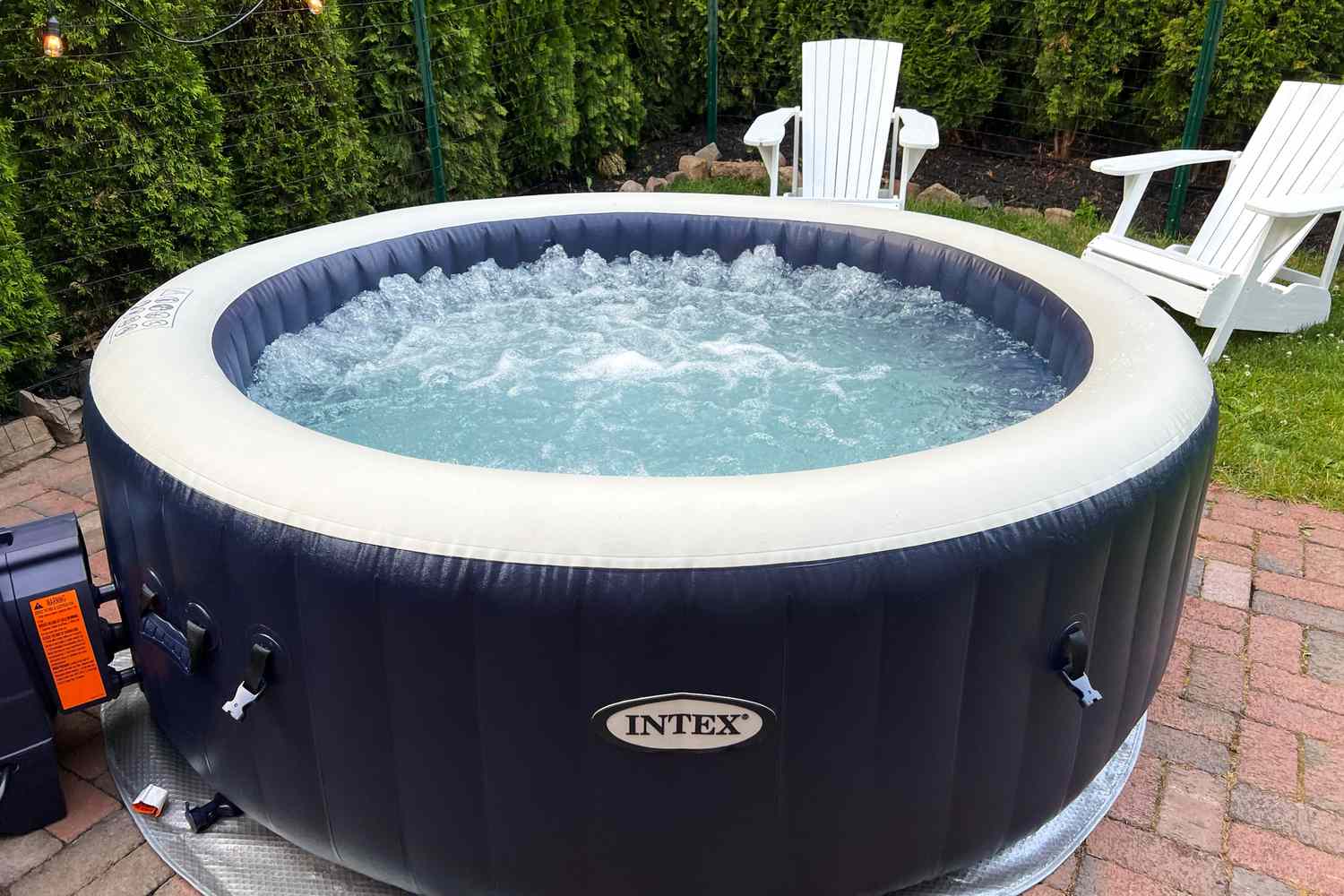
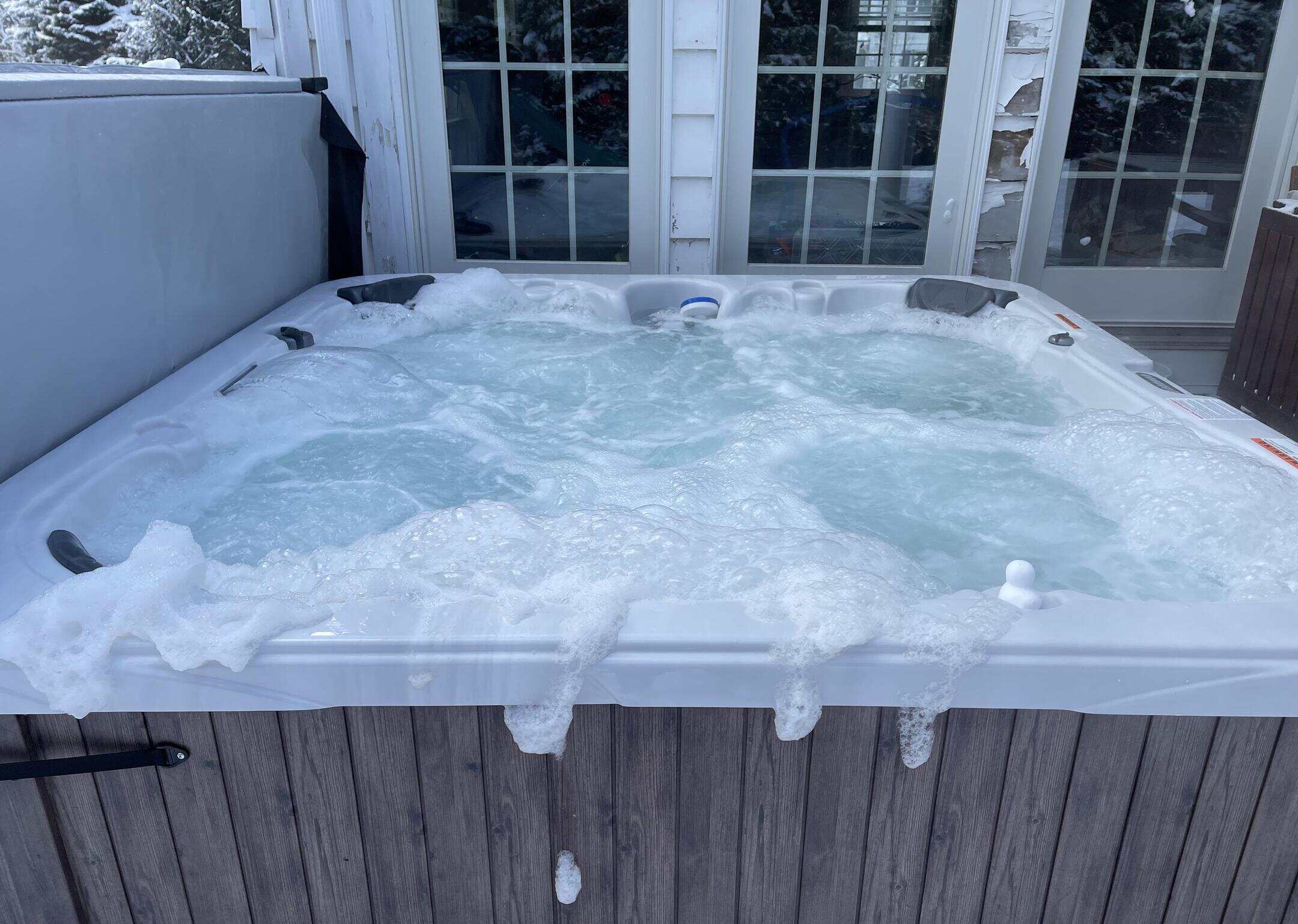
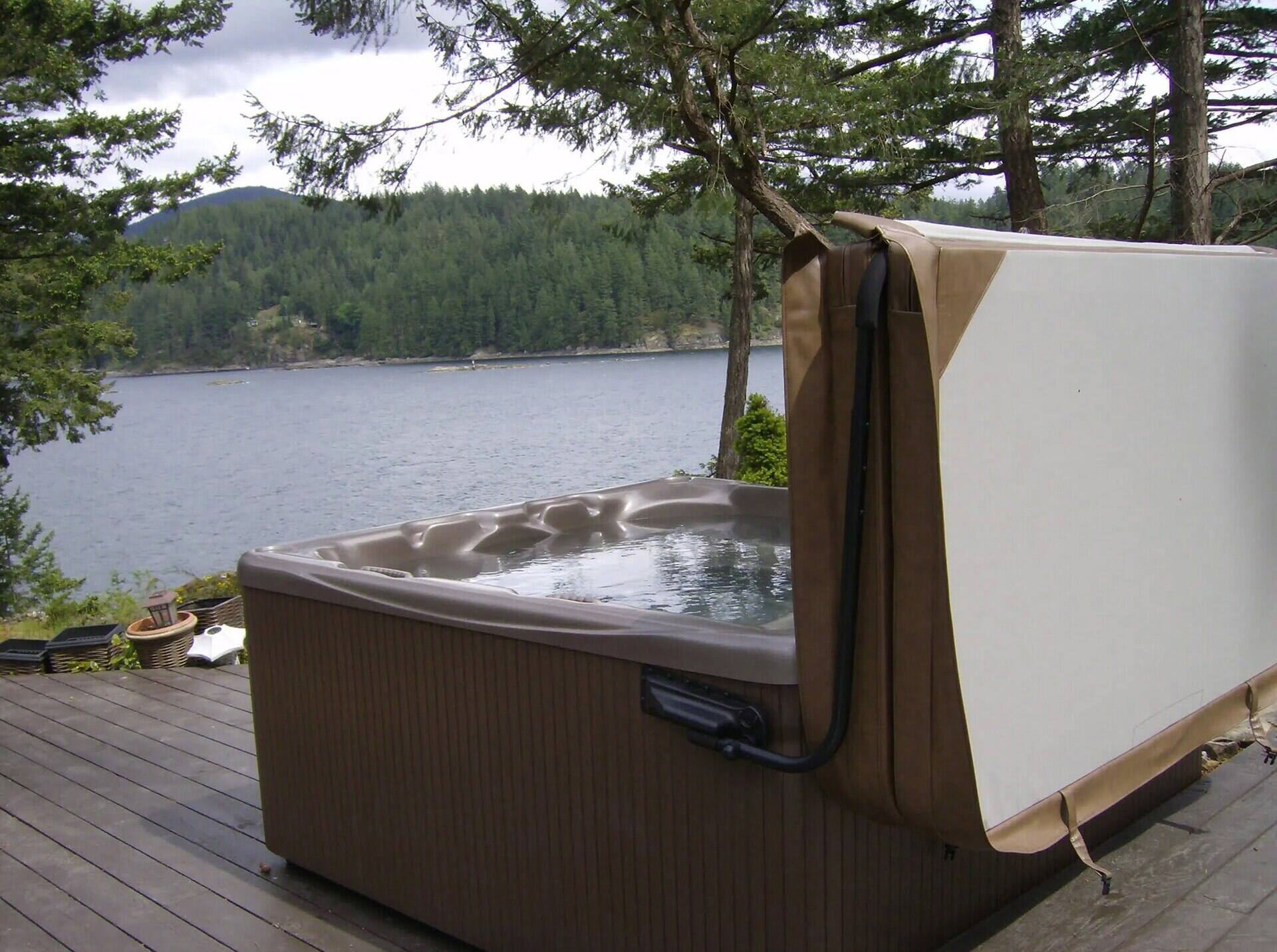
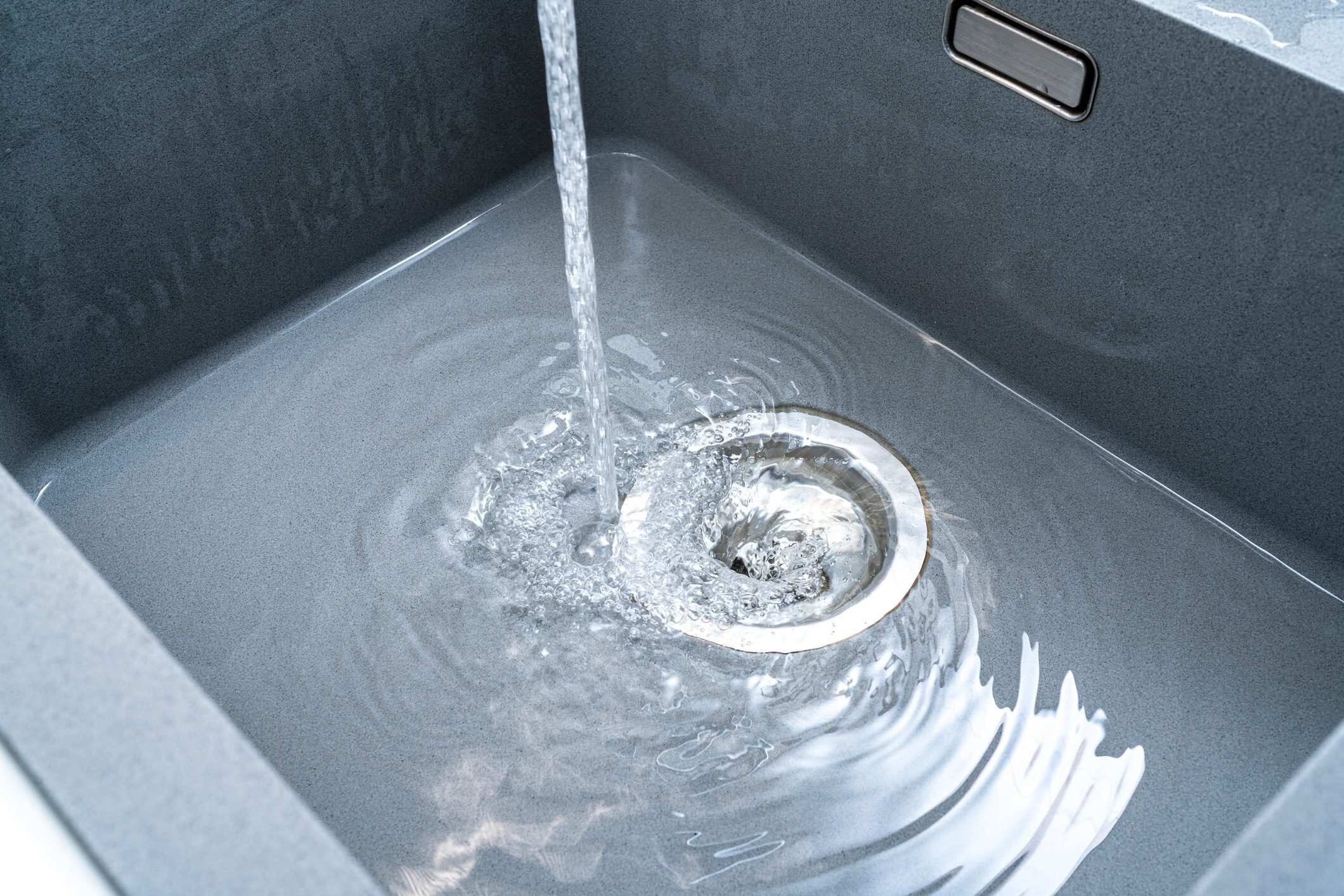
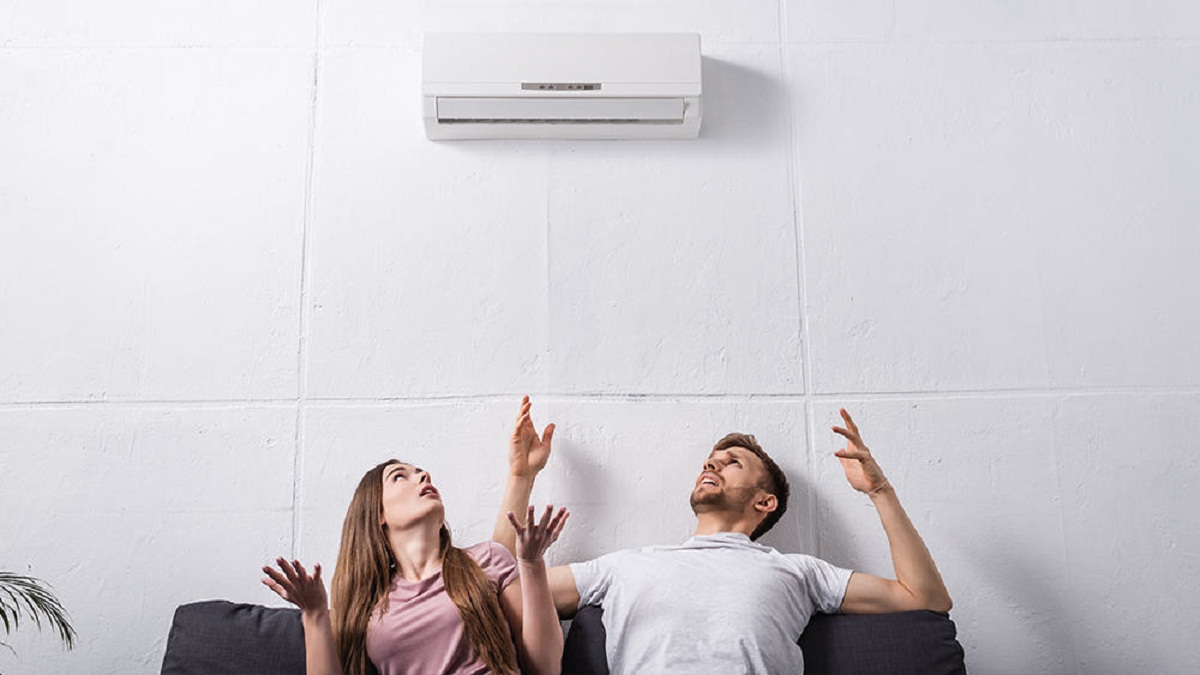
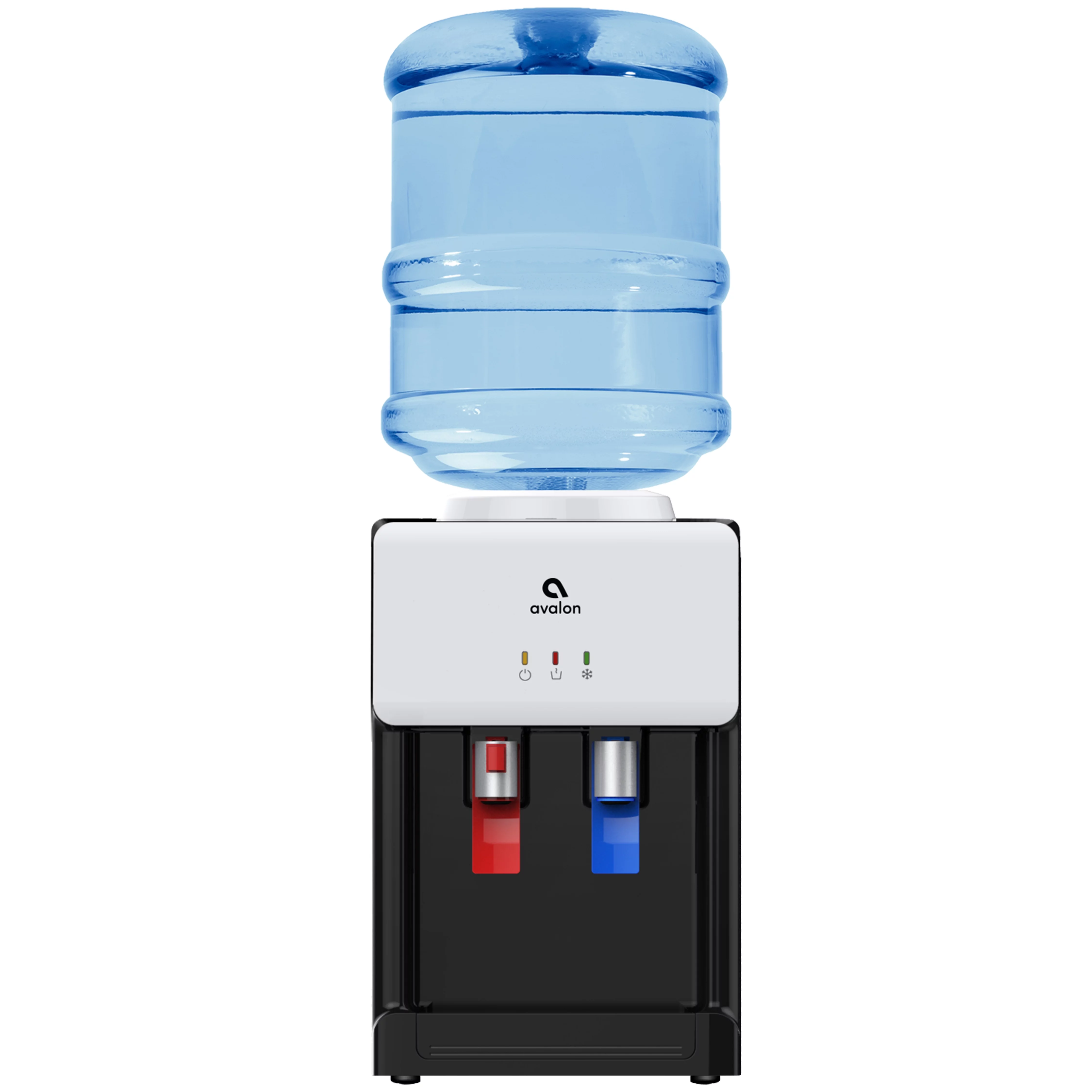
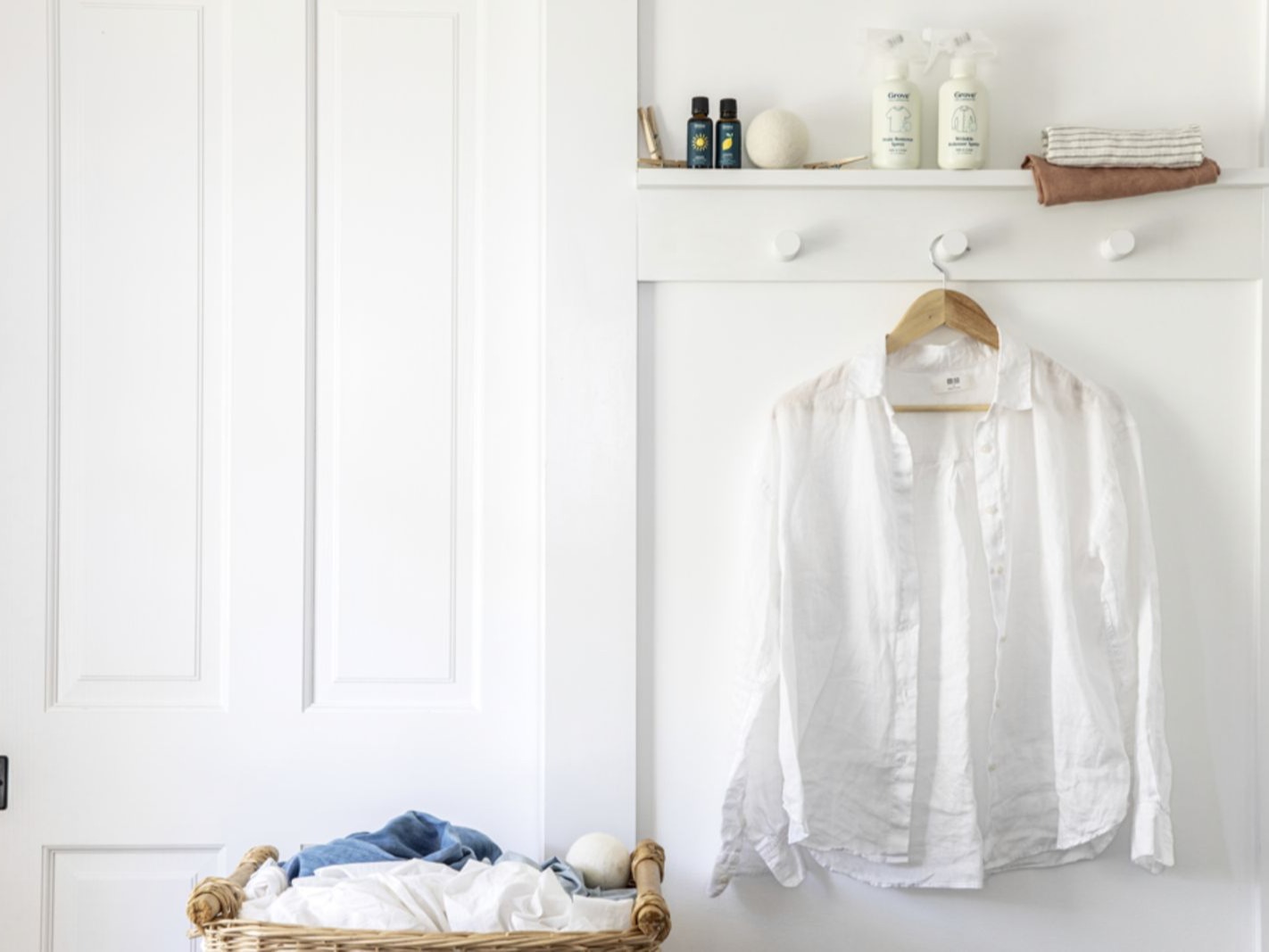
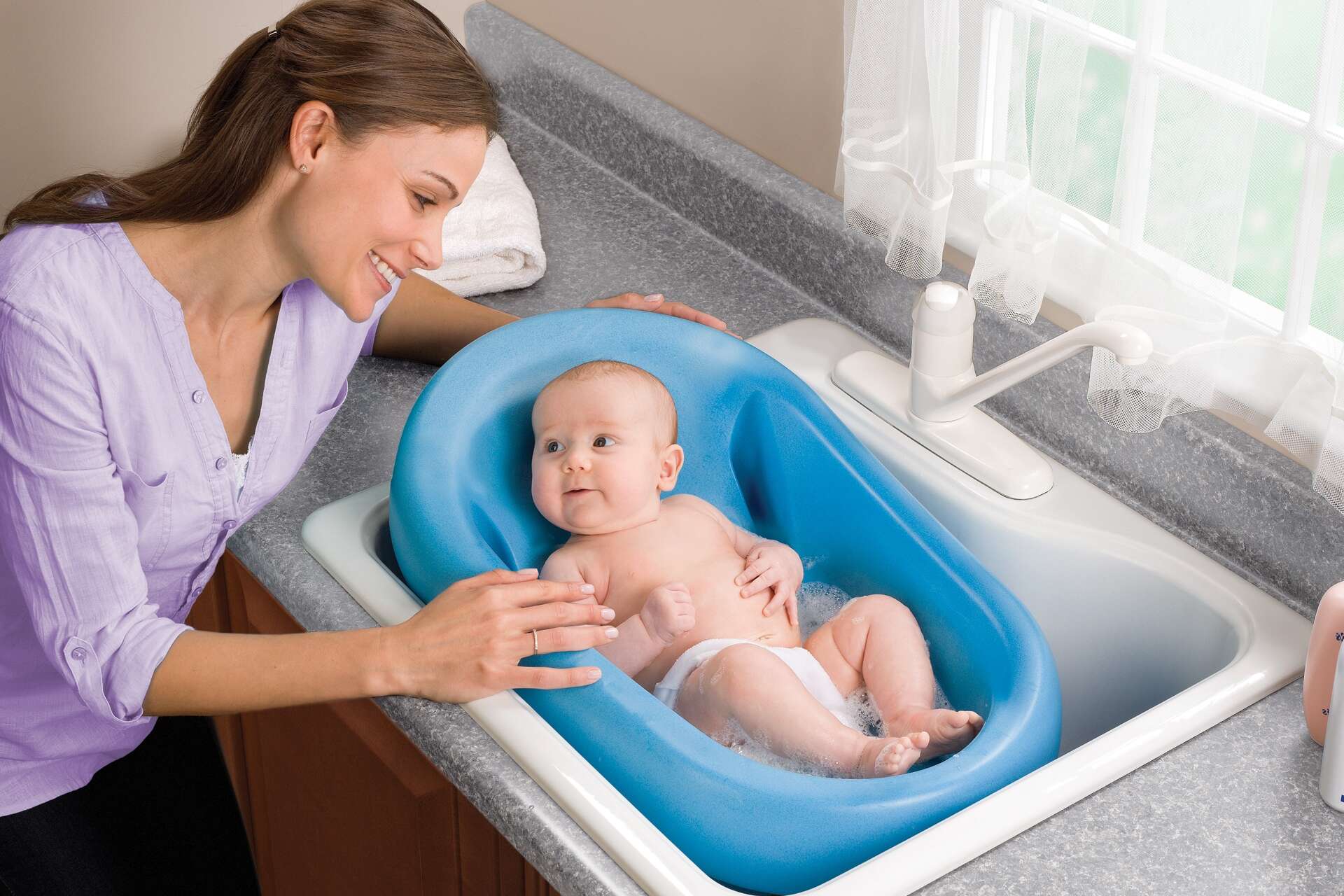
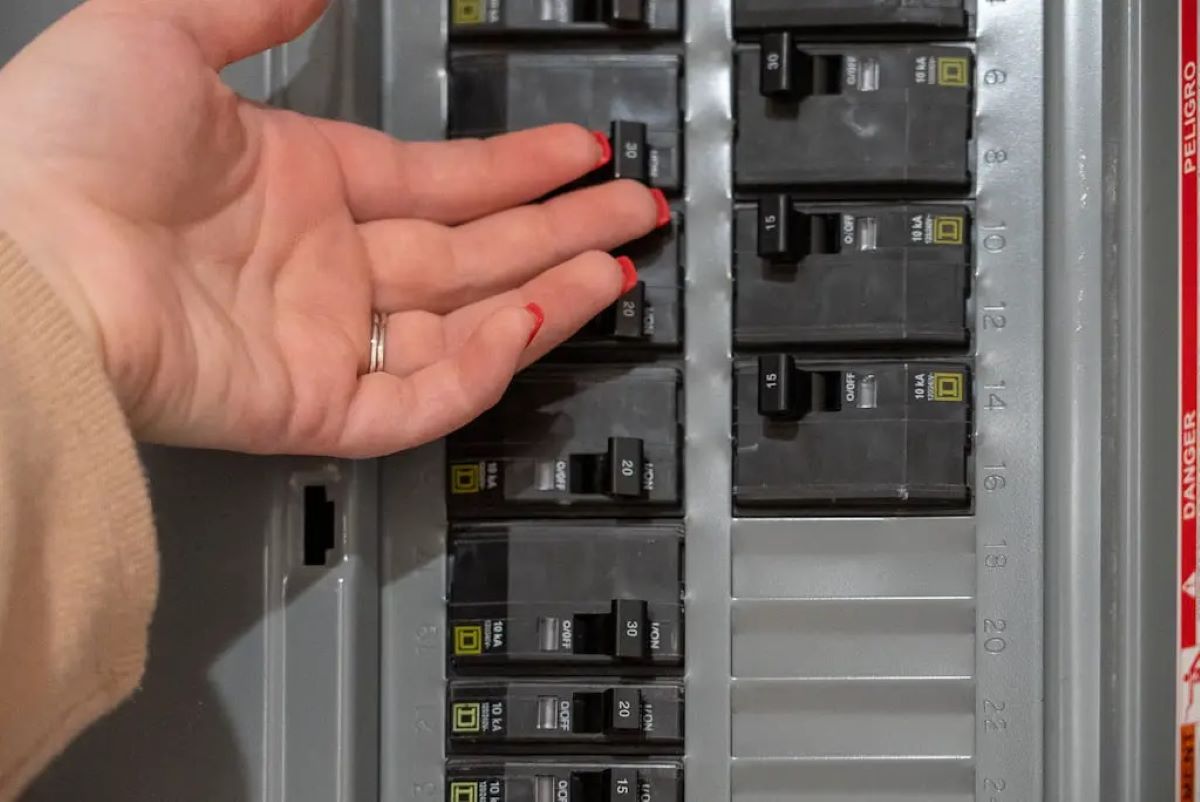
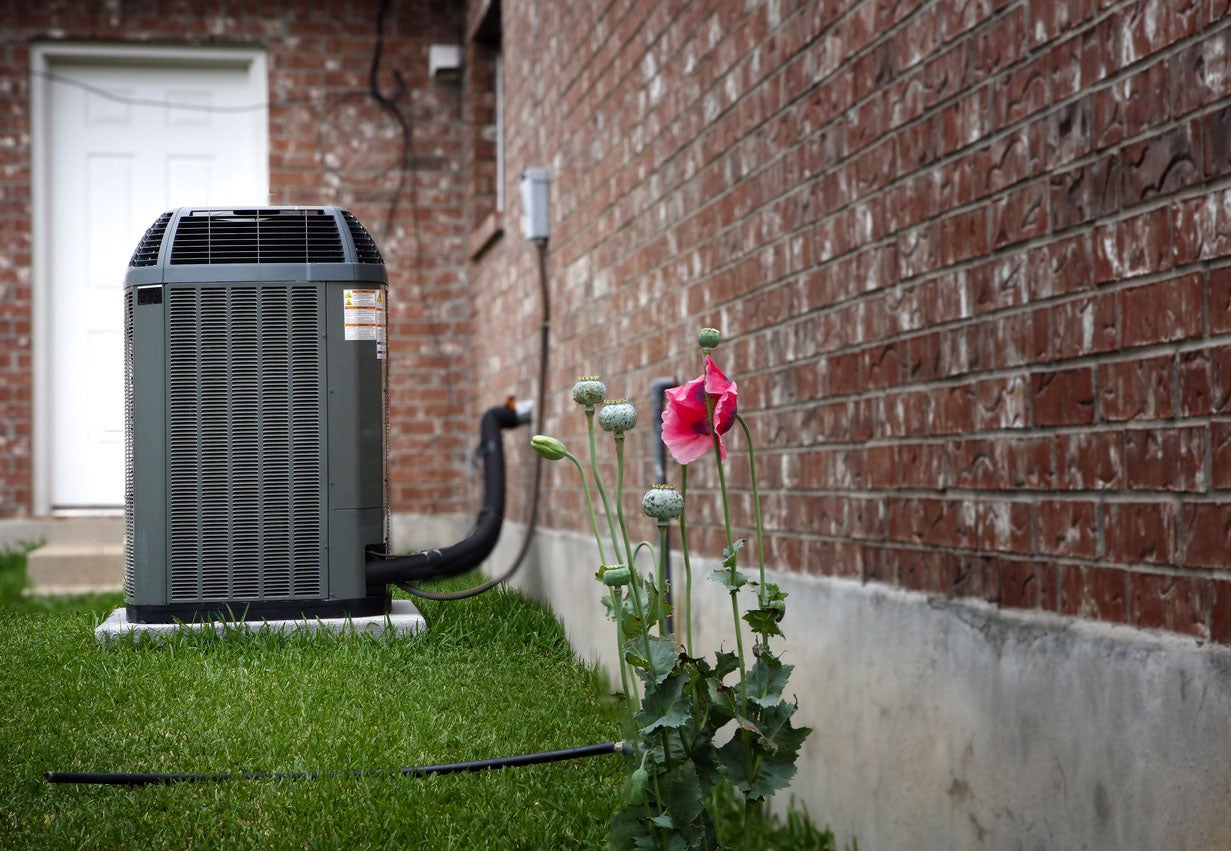

0 thoughts on “Why Is My Bath Water Cold But Sink Hot”